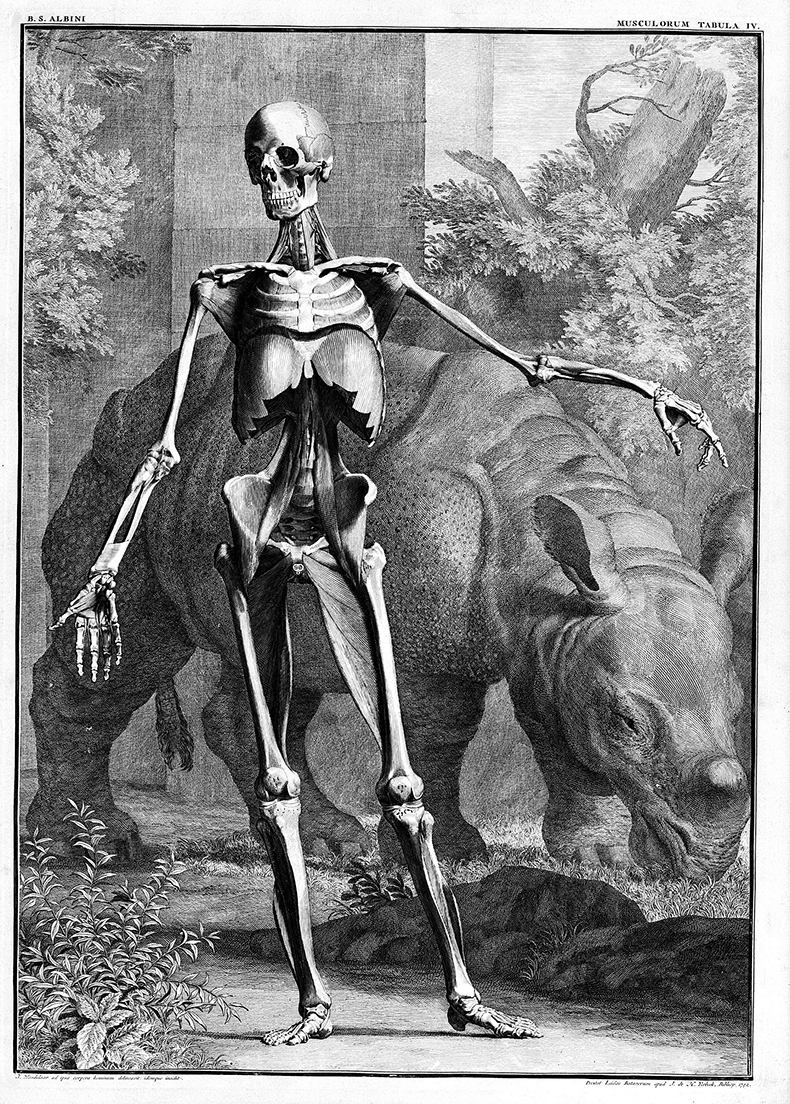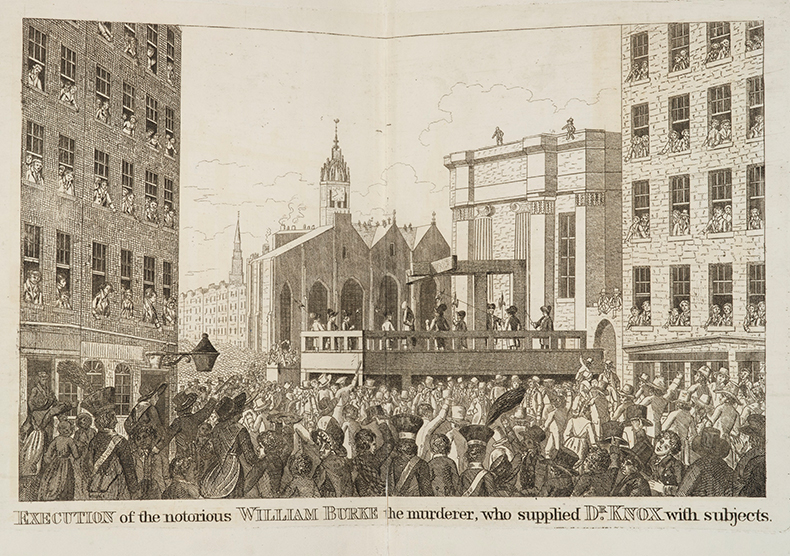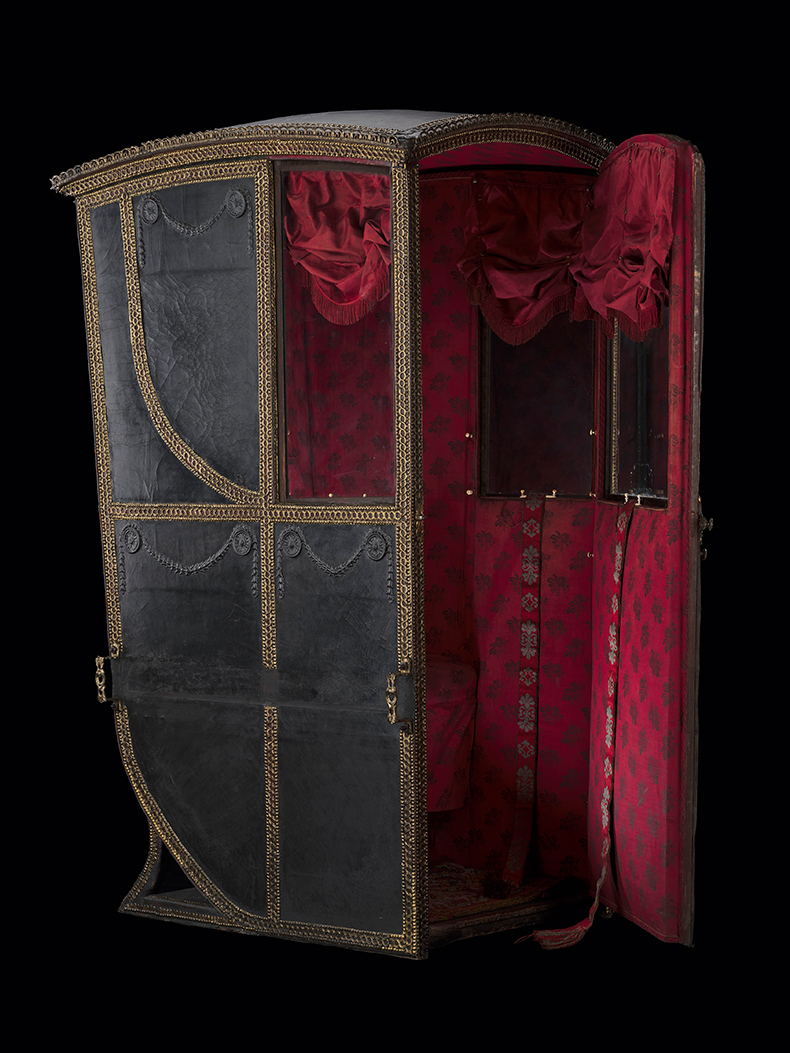Taking in more than 500 years of medical history, the exhibition at the National Museum of Scotland (2 July–30 October) considers the origins of anatomical study, how it went on to influence everything from art to crime and the role it plays today. Beginning with the 18th century, when Edinburgh became the UK’s leading centre for medical teaching, the exhibit goes on to consider how dissection and body provision gripped the public imagination, giving rise to the infamous Burke and Hare murders of 1828. Considering early examples of anatomical art, the National Museum also reveals how scientific studies gave way to a flurry of artistic responses, with highlights including the intricate study The Bones of the Foot, and the Shoulder (c. 1510–11) by Leonardo and the full-body papier-mâché models produced in the 19th century by the French anatomist Louis Auzoux. Find out more on the National Museum of Scotland’s website.
Preview below | View Apollo’s Art Diary here

Illustration from Tables of the Skeleton and Msulces of the Human Body by Bernhard Siegfried Albinus, (1727). Courtesy Wellcome Collection

Illustration of William Burke’s execution from the West Port Murders Atlas. Photo: © National Museums Scotland

Private sedan chair (c. 1780–1839). Photo: © National Museums Scotland

Skeleton of William Burke. Courtesy Anatomical Museum Collection, University of Edinburgh














![Masterpiece [Re]discovery 2022. Photo: Ben Fisher Photography, courtesy of Masterpiece London](http://zephr.apollo-magazine.com/wp-content/uploads/2022/07/MPL2022_4263.jpg)
Suzanne Valadon’s shifting gaze